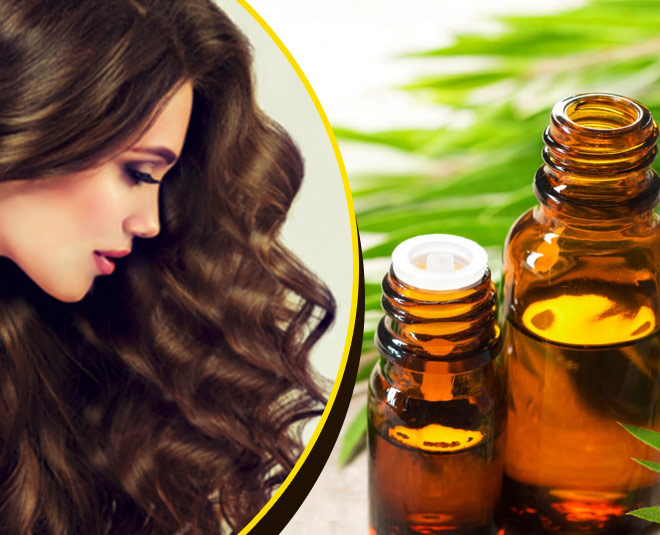From the feel of your hair to the styles you prefer, these elements will all alter the routine you end up choosing.
Hair types tend to be fine, thick, or coarse and fall into one of four categories are straight, wavy, curly and kinky.
Each has its upsides and downsides. For example, straight hair usually looks and feels greasy quicker than curly hairTrusted Source due to oil speedily making its way down the hair shaft.
Whether your hair has been bleached, dyed, or otherwise chemically processed
Whether your hair has been bleached, dyed, or otherwise chemically processed
People with dyed hair are advised not to wash it every day to prevent premature color fadingTrusted Source and dryness.
And bleached hair may require some extra nourishmentTrusted Source in the form of conditioner or hair masks.










